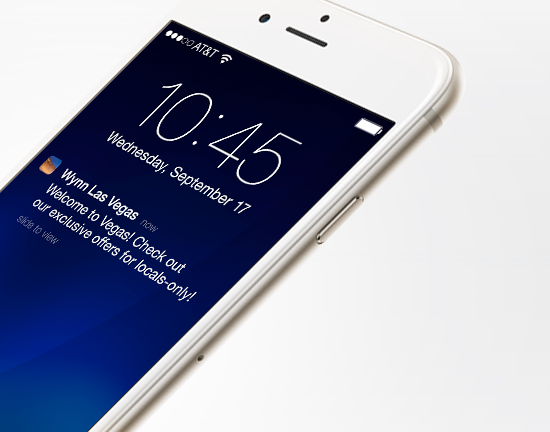If you’re part of a mobile app development company with a new release – or even just a recent app creator – you’re probably riding pretty high. After all, you’ve just invented what is undoubtedly the best thing since sliced bread (or at least Flappy Bird). Your app should fly off the virtual shelves.
But there’s one problem. Since the inception of the Apple App Store in 2008, the number of apps offered has grown from 800 to 1.5 million. With this oversaturation of the app market, there’s a good chance that your invention might get lost in the crowd.
With this in mind, app developers need to understand that creating and bringing products to market are only half the battle. As any Clash of Clans player knows, there’s no point to building a mega-village if your army isn’t strong enough to defend it. Without an effective way to interest and retain customers, your creation is similarly vulnerable.
These three methods are all easy and incredibly effective ways to increase visibility, profits, and total sales.
BE INTERACTIVE
According to a recent study by Media Dynamics, Inc. the average consumer is exposed to 362 advertisements per day. Of these advertisements, an average of 12 will make an impression and trigger a conscious response. So how do you create advertising that’s memorable? Move away from flashing banners and towards an immersive, engaging advertising experience. Mobile app development is a cutting edge field – there’s no reason its ads shouldn’t be the same.
The ability to have a conversation with a consumer is extremely powerful. It allows you interact with him or her on a level that would be impossible with a simple sidebar or banner advertisement. In our age of increasingly short attention spans actively engaging consumers is an absolute must. Facebook’s Canvas ads, which allow consumers to experience a sort of mini-site within the advertisement, have been shown to drastically increase ROI compared to conventional advertisements.
THINK BIG
If you want your app to start turning some serious profits, it only makes sense to seek out the deepest pockets. By targeting your app towards larger entities and businesses instead of consumers, you significantly raise your potential for sales. According to a 2015 report, 43% of apps developed for enterprises pulled in $10,000 or more per month. Only 19% of apps targeted towards consumers met this standard.
If you’re at an app or software development company that’s already created a consumer-targeted app, don’t despair quite yet. As it turns out, there’s a significant amount of overlap between apps targeted towards enterprises and those aimed at consumers.
Specifically, the top five categories in both consumer and enterprise apps include those focused on utilities, education and reference, and business and productivity tools. If you’re not already targeting the biggest players, it might be worth your while to brainstorm on how to adjust or scale your product in order to meet their needs.
GIVE ‘EM A FREE TASTE
Unless you’ve created something truly revolutionary, chances are that a free alternative to your app exists. No need to feel bad; before Facebook there was Myspace and before Googling on Chrome the original Internet Explorers Asked Jeeves. Some of the greatest breakthroughs in technology come from improving on an existing model. But with so much competition, sometimes being the best simply isn’t enough. Even if you’re a great app development company or developer, you’ve got to get recognized.
One easy way to gain recognition is offer your app free for a limited trial period. The boost in installs and – knock on wood – positive reviews will show consumers that you’re the real deal. With this proof on your side, customers will be more willing to drop a few bucks on what you’re offering. Alternatively, a more basic free edition of your app, with teasers compelling users to upgrade to the pay version is another route to profitability.
Now that you’ve got some tools at your disposal, go ahead and show the world what they’ve been missing in the world of mobile app development. After all, there’s nothing worse than unrecognized genius.

